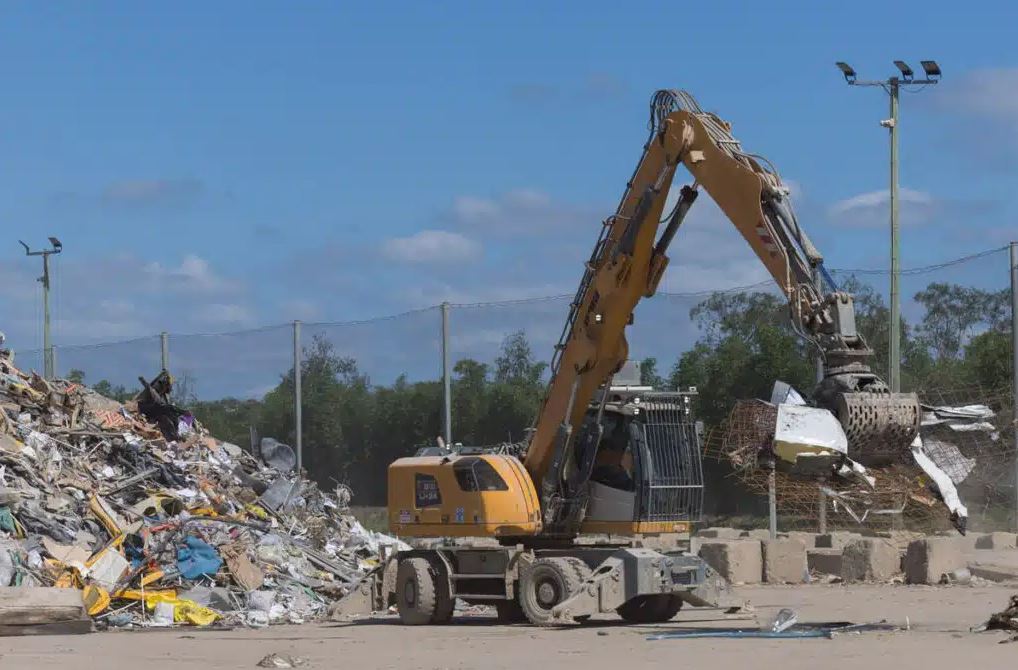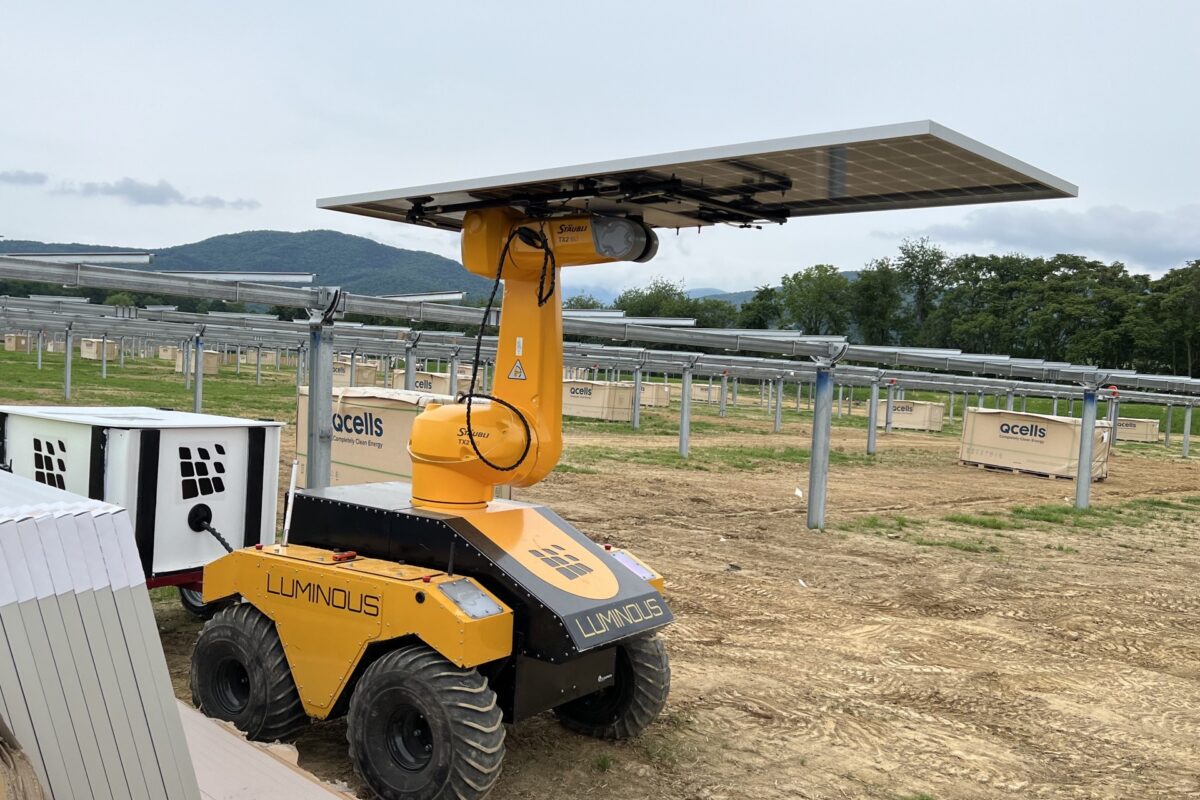The Queensland government has committed $45 million (USD 30 million) in new funding to support ‘high recovery’ recycling projects targeting industrial waste and renewable energy components, particularly solar panels and batteries, including electric vehicle (EV) and stationary storage systems.
Modelling by the University of New South Wales predicts that up to 100,000 tonnes of PV waste will be generated in Australia annually by the end of 2030 on the way to a projected cumulative volume of 1 million tonnes of decommissioned panels by 2035.
Research from the University of Technology Sydney suggests 30,000 tonnes of EV batteries will reach their end-of-life in Australia by as soon as 2030. This is forecast to blow out to 360,000 tonnes by 2040, and 1.6 million tonnes by 2050.
Queensland Development Minister Grace Grace said the new funding will help to boost recycling capacity needed to meet the state’s waste-diversion targets. Queensland is aiming to recover 80% of all waste by 2030 and achieve 65% recycling rates across all waste types.
“This government has a vision for Queensland to become a zero-waste community, where waste is avoided, reused, recycled, and remanufactured to the greatest extent possible,” she said, adding that industry has indicated that to achieve this, there is a need to concentrate effort towards large-scale projects with co-investment from the government.
“So that’s exactly what we are doing,” she said. “This funding will provide critical assistance to industry to grow its reprocessing and recycling capacity and prevent solar panels and other materials ending up in landfill.”
Grace said the $45 million in funding will be allocated to projects tackling waste in three key areas: commercial and industrial waste, renewable energy technologies, and electrical and electronic products and batteries.
Businesses with recovery, reprocessing, or recycling projects can apply for financial assistance up to $10 million to a maximum of 50% of the total eligible project cost. The application process is to remain open until funding is exhausted.
The initiative is part of the Queensland government’s broader $2.1 billion waste and resource recovery package and was partly funded by a $2 million grant from the Resource Recovery Industry Development Program.
The state said these programs have so far supported 48 projects, diverted more than 1.46 million tonnes of waste from landfill sites, resulted in more than $425 million in capital expenditure and created approximately 560 jobs.
Author: Ken Braganza
This content is protected by copyright and may not be reused. If you want to cooperate with us and would like to reuse some of our content, please contact: editors@pv-magazine.com.








By submitting this form you agree to pv magazine using your data for the purposes of publishing your comment.
Your personal data will only be disclosed or otherwise transmitted to third parties for the purposes of spam filtering or if this is necessary for technical maintenance of the website. Any other transfer to third parties will not take place unless this is justified on the basis of applicable data protection regulations or if pv magazine is legally obliged to do so.
You may revoke this consent at any time with effect for the future, in which case your personal data will be deleted immediately. Otherwise, your data will be deleted if pv magazine has processed your request or the purpose of data storage is fulfilled.
Further information on data privacy can be found in our Data Protection Policy.